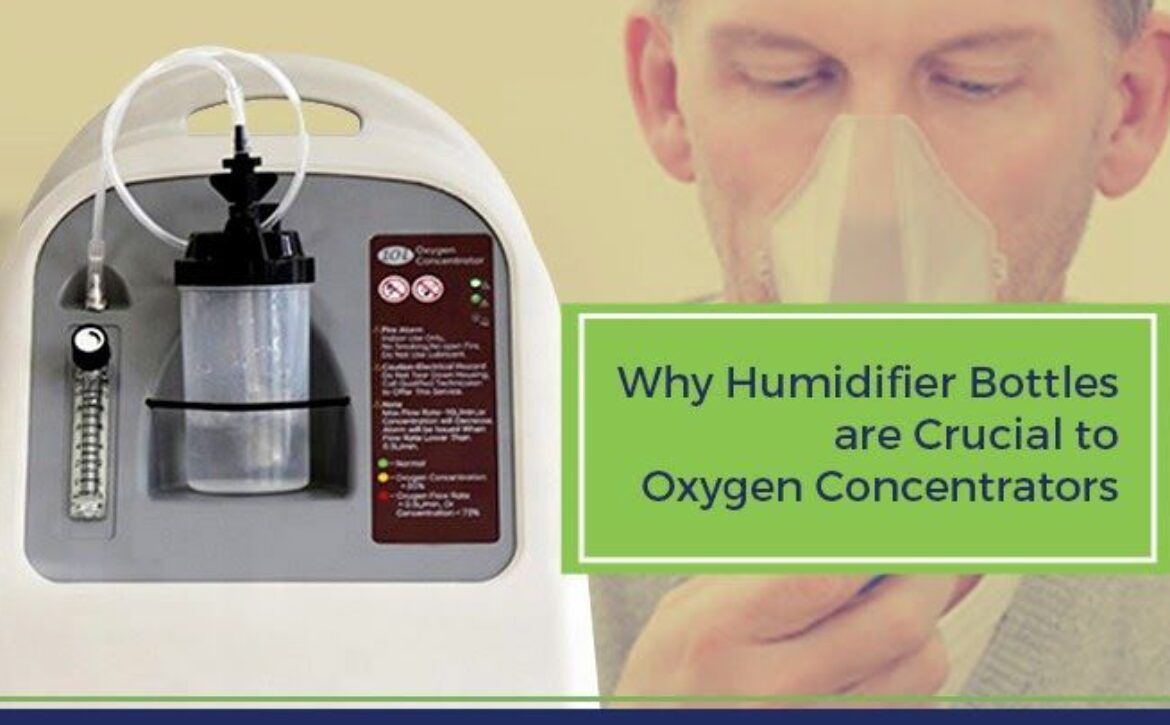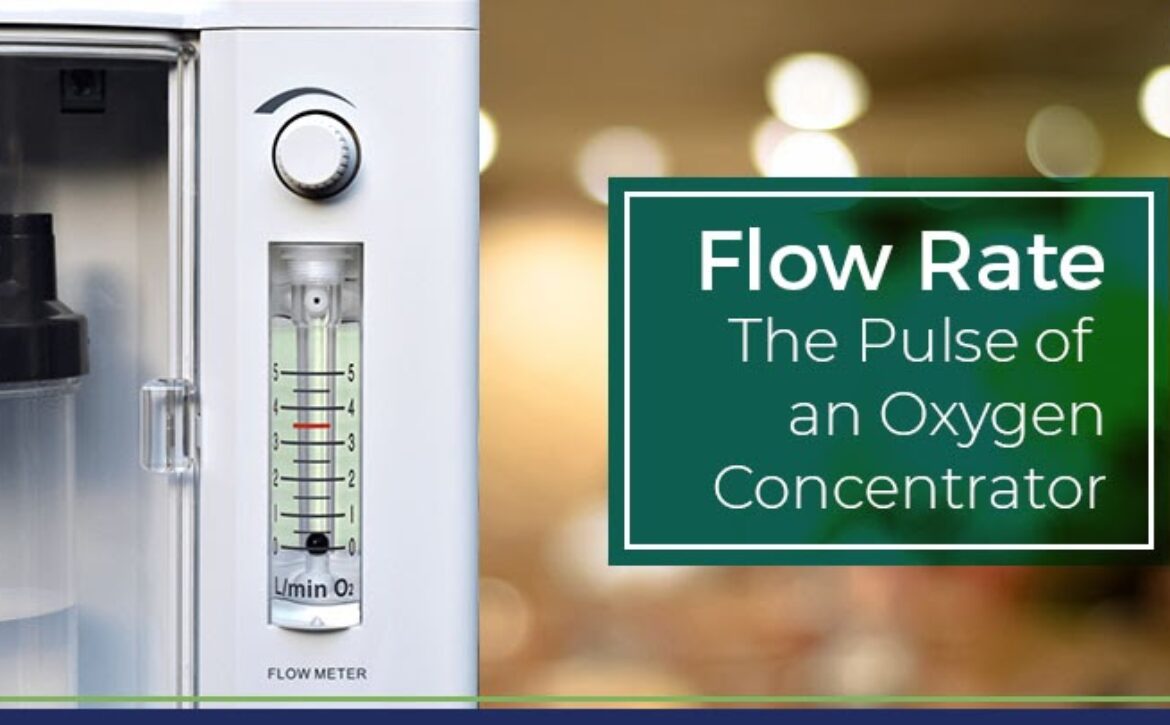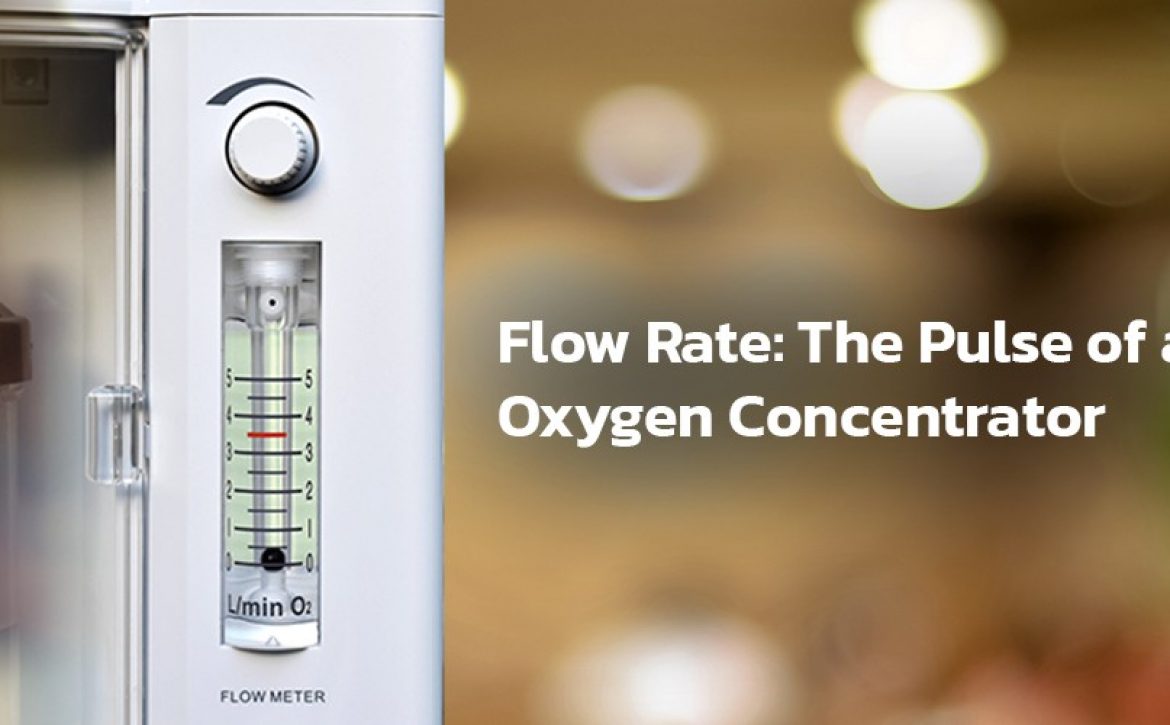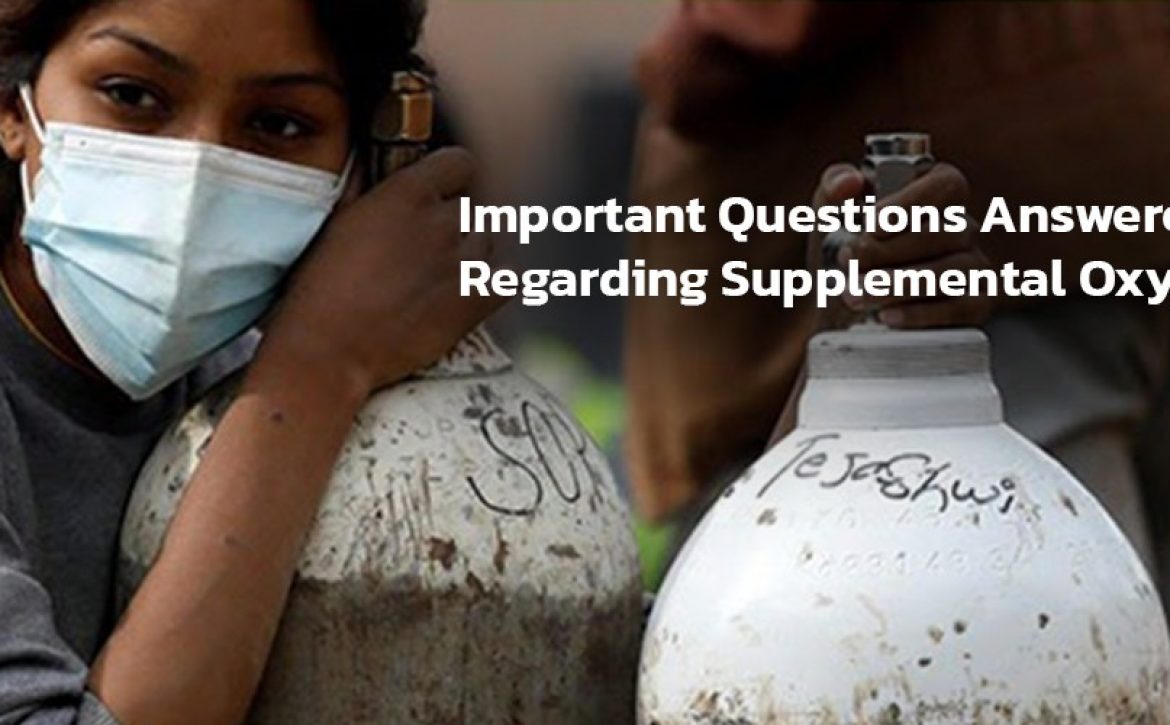This is Why Earnest Humidifier Bottles are Crucial to Oxygen Concentrators
and maximum lines, as previously described.On the face of it, a Humidifier bottle barely reckons our attention. And, the way they are, it’s easy to make little of them, right? But with this blog, Rebreathe will try to assert that this humble bottle’s importance is no less than that of any other oxygen concentrator part.
Purpose
A humidifier bottle, humidifier cup, or water bottle’s principal purpose is to humidify the air you breathe. It’s important to remember that a humidifier bottle is purely cosmetic. It is not necessary to be able to utilise your oxygen concentrator. If using your oxygen concentrator irritates your nose or throat, it’s possible that the concentrator’s dry air is to blame.
Depending on the brand of oxygen concentrator you have, you can either screw the bottle right on to the threaded oxygen output on the concentrator or use a tubing adapter.
How to Use them the Right way?
Humidifier Bottle Adapters are required for oxygen concentrators with a barbed oxygen exit. The adapter is a simple piece of equipment. It’s a short hose with one end that goes over the oxygen outlet. The opposite end of the threaded component should be threaded into the humidifier bottle’s top.
Before utilising a humidifier bottle, make sure to thoroughly inspect it. The plastic top is detachable, as you can see. It connects to the top of the “cup” that holds the water. On the “cup” part, where the water is deposited, two faint lines can be seen. “Minimum,” one of them says, while the other responds, “Maximum.” The water should be contained within these lines.
Important points to consider while making use of a Humidifier
If the water level is too low, your oxygen may not be humidified before you breathe it. If the water level is too high, you risk getting water in your oxygen tubing. Make certain you’re using only distilled water.
This filtered water has no pollutants that could block the inner workings of your humidifier bottle ‘s cap. Yes, it’s difficult to accept, but there are little particles at the top of your humidifier container that could fail if clogged with tap water.
After inspecting your humidifier bottle, filling it appropriately, and attaching it to your oxygen concentrator (be careful not to cross thread it! ), this is when you will turn it on. The oxygen in the humidifier bottle should be bubbling, and your oxygen concentrator should be working correctly.
Start breathing in the moist air by connecting your nasal cannula, face mask, or tubing to the nipple on the humidifier bottle’s top. You should have a maximum of fifty feet of oxygen hose on hand, as well as a seven-foot nasal cannula or face mask. When utilising a humidifier bottle, this is also true.
Why there can be you see droplets in the oxygen pipe
The formation of water droplets in your oxygen line might occur for a variety of reasons.
One or more of the following factors may be responsible:
- You’re using a humidifier bottle that is completely full to the neck.
- The position of the Oxygen Concentrator has been moved forward.
- The oxygen concentrator’s flow meter is set too high.
- The humidifier’s bottle has been tipping forward or slanting.
- The temperature of the oxygen from the oxygen concentrator is lower than the temperature of the oxygen in the room.
- The Humidifier Bottle isn’t working anymore.
Here’s How to get rid of the problem
- First, check that the water level in the humidifier bottle is between the minimum
- Second, ensure that your Oxygen Concentrator is level, not half on carpet and half on a wooden surface.
- If the Oxygen Concentrator was pushed forward or slanted in any way, water might run through the humidifier bottle’s exit and into your tubing. Your humidifier bottle should be inspected in the same way.
- Make sure it’s properly levelled and secured in the humidifier bottle holder included into your oxygen concentrator. If the Oxygen Concentrator was pushed forward, water could possibly pour through the humidifier bottle’s outlet and into your tubing.
- Make sure your humidifier bottle is levelled and securely fastened in the humidifier bottle holder that came with your oxygen concentrator.
What you Should know about using Humidifier Bottles
Also, make sure the flow metre on your Oxygen Concentrator isn’t set too high. Small droplets of water may enter the oxygen tube if you force too much oxygen through your humidifier bottle. It’s also conceivable that the humidifier bottle has broken and requires replacement. It’s vital to keep in mind that humidifier bottles are disposable and should be replaced once a month. They are reasonably affordable, with a bottle costing around $5.
One method of preventing water from entering your oxygen pipe is to elevate your tubing. To keep it safe, drape it over a dresser, a chair back, or a headboard. This will prevent water from entering your cannula by allowing it to drain back into your bottle. If you prefer to leave your Oxygen Tubing on the floor, you can always add an accessory called a “water trap.”
It consists of a tiny chamber wedged between two tubes (no tools required). It will act as a low-lying area where moisture can condense. If necessary, drain the water trap into your sink.
Making use of a humidifier Bottles are usually fairly easy to use and rarely create any issues. If you run into any problems, this Rebreathe guide will definitely come in handy!
For more information Rebreathe.in










